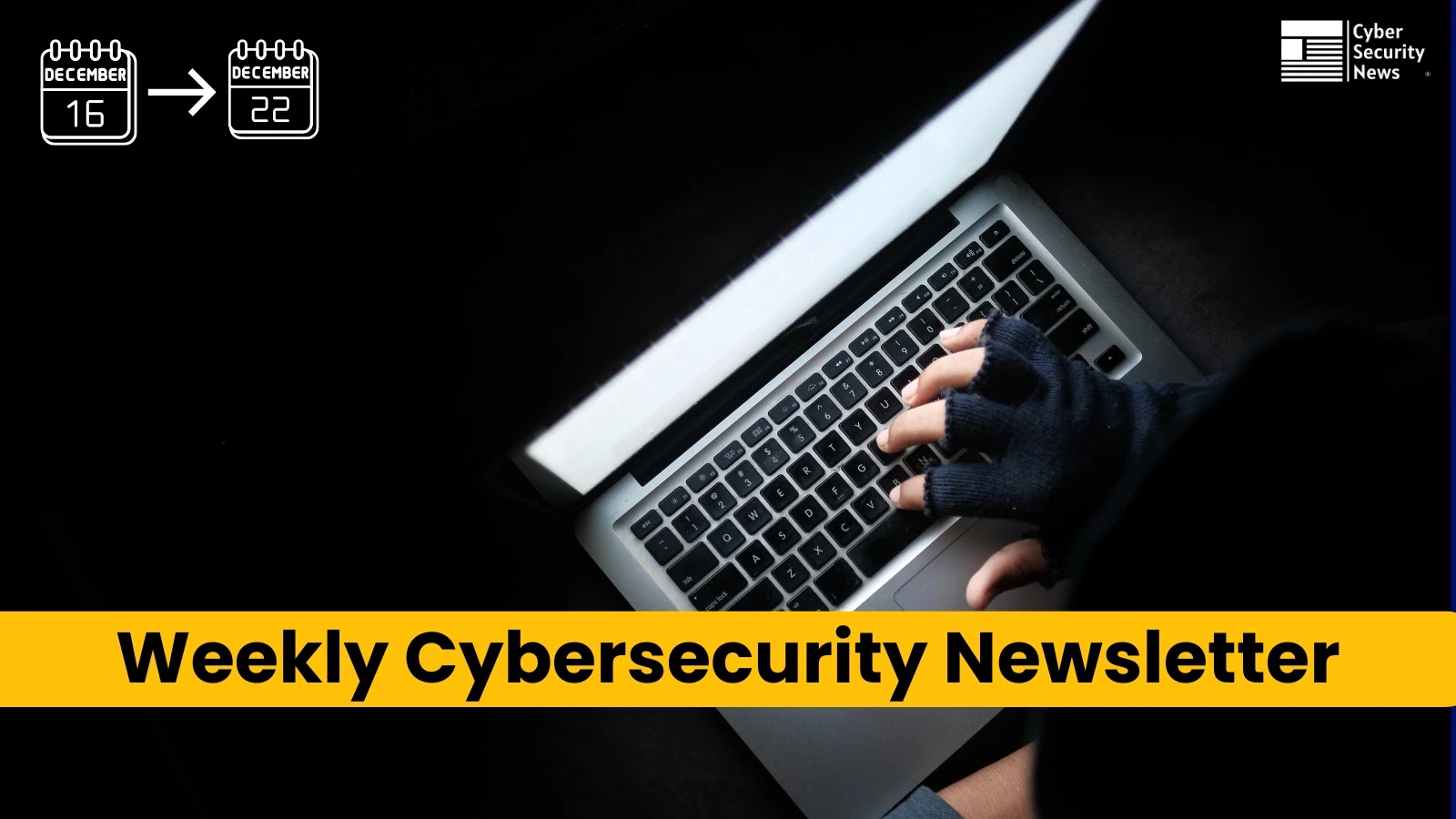Hey there, tech enthusiasts in the Bay Area! I hope you’re staying safe and secure, both physically and digitally. Interestingly, we’ve picked up on some alarming activity lately involving a remote control platform called Supershell. It’s a command-and-control system that primarily thrives via web services. The main idea here is that it allows someone to establish a reverse SSH tunnel, thereby initiating an entirely interactive shell session.
Guess what? Some unsavory individuals, let’s call them hackers, have been using this Supershell to target Linux SSH servers. Quite a sneaky move, right? What’s more, they are primarily zeroing in on those Linux SSH servers that are not managed well, basically those without proper security measures. Once the servers are compromised, these hackers use the Supershell backdoor to gain access.
The crazy thing is just how versatile this Supershell malware is! It supports all the major platforms, be it Windows or Linux, even Android. And guess the birthplace of this troublesome tech creation? A Chinese-speaking threat actor created it using Go programming language.
Here’s how these hackers work: once they have a successful intrusion, they carry out specific commands, which usually either directly install the Supershell or pad the ground for a “shell script” that acts as a downloader. They’re smart though, distributing the malware via both web and FTP servers, making it harder to detect and helping it reach more systems.
This all sounds complex and daunting, right? But it’s clear that it’s becoming increasingly important to stay on top of the evolving cyber threat landscape. Despite its complex design, the main purpose of Supershell is pretty basic – it allows hackers to remotely control the systems that are infected. The bad news? It’s typically used alongside other malware like ‘XMRig’ or ‘DDoS bots’ like “ShellBot” and “Tsunami.”
While the upfront goal might be control hijacking, the ultimate objective of these attacks is to mine cryptocurrency. That’s why the first move made by these attackers is to set up a backdoor, paving the way for cryptocurrency mining.
I know this all sounds scary, but don’t worry! You can build up your defenses with a few simple precautions. Start off with using complex and unique passwords and consider regular changes. Stay updated with the latest security patches and make use of firewalls to block unauthorized access. Keep your antivirus and other security software updated to keep potential malware infections at bay.
The risk is always going to be there in our increasingly digital world. But remember, staying informed and taking simple measures can go a long way in enhancing your digital security. So let’s stay alert and safe, San Francisco! After all, it’s not just the foggy weather we need to look out for here, right?
by Morgan Phisher | HEAL Security



